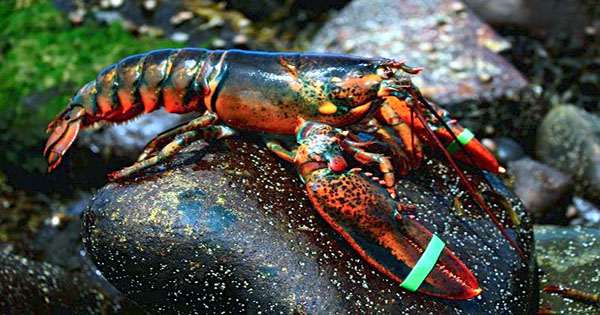In the autumn of 2018, a main resuscitator began experimenting with the idea of giving his lobster marijuana before entering the cooking pot in the slightly unpleasant hope of dying own bubbles. In his experiment, he placed lobsters in a covered box with some water at the bottom and effectively pumped marijuana vapor through the water by hotboxing the creature. Local health authorities eventually told restaurants to stop testing cannabis in lobsters, but the story surprised a group of researchers as to whether it was just a witty PR drive or if there was something sensible.
In a new preliminary study, posted on a pre-print server bioreactor (not yet peer-reviewed), scientists at the University of California, San Diego, Colorado College, University of Washington, and the Scripps Research Institute have decided to investigate whether cannabis is an American lobster. Can really used to alleviate suffering? Dr Michael A Taffe, study author and Professor Adjunct at the Scripps Research’s Department of Neuroscience, told IFLScience, “The small media storm of 2018 was really the starting point about proposing to a restaurant owner to release lobsters in cannabis smoke. There were several experimental claims and I realized we could test these claims so we did,” he said.
The team developed a similar method used in main restaurants. The lobsters sat in a tank with water for 30 or 60 minutes, during which time evaporated tetrahydrocannabinol or THC (the main psychic component of cannabis) pumped into the tank using an e-cigarette device. The tank turned out to be a huge fortune. Considering the lobsters breathing through the gills as opposed to the lungs, it was also not certain that they would be able to absorb HHC. However, THC lobsters confirmed in hemolymph (lobster “blood”), claw and tail muscles, brain, heart and liver.
The cameras monitored the movements of the lobster and found that THC slowed their movement but they immediately jumped into the hot water condensate, indicating to them that their pain was not subdued. “The effect of vapor THC on this nociceptive behavior was minimal. In one case it was statistically supported, but in very small doses,” Dr. Taffy explained.















